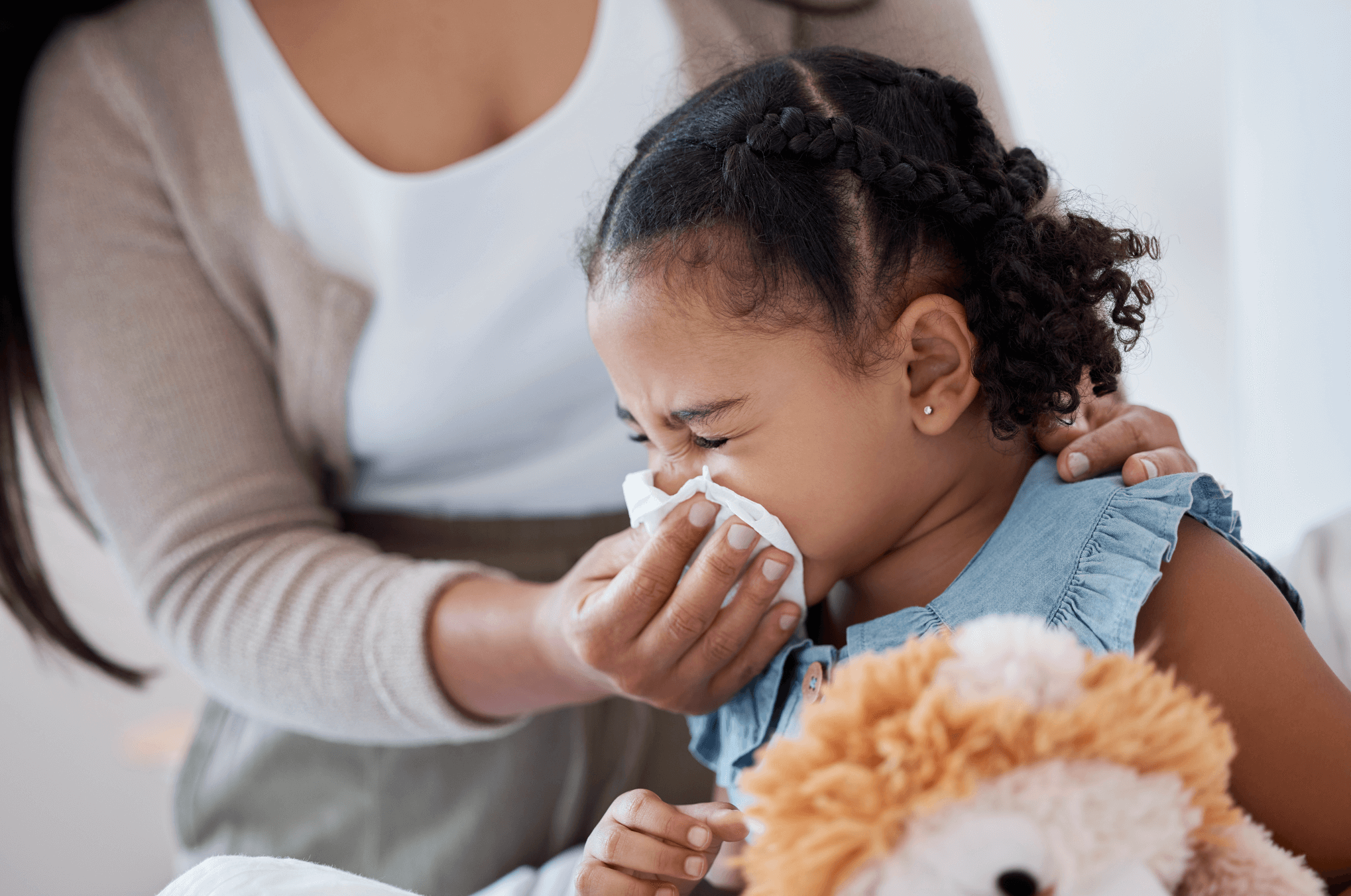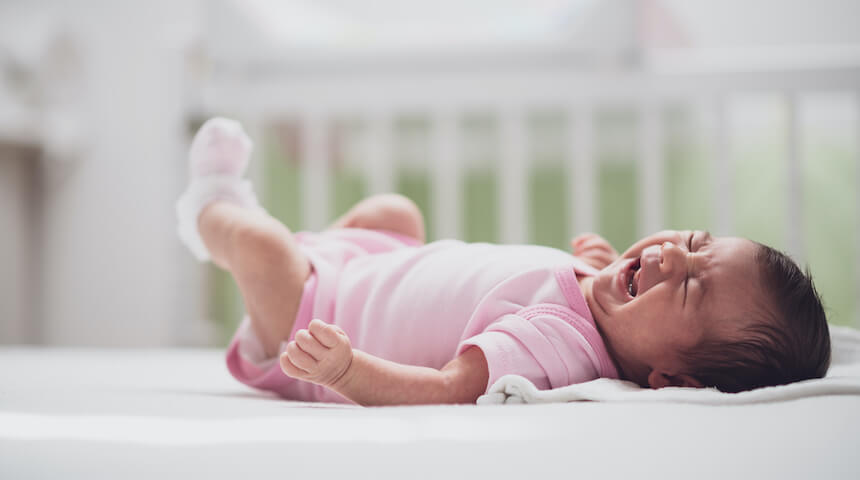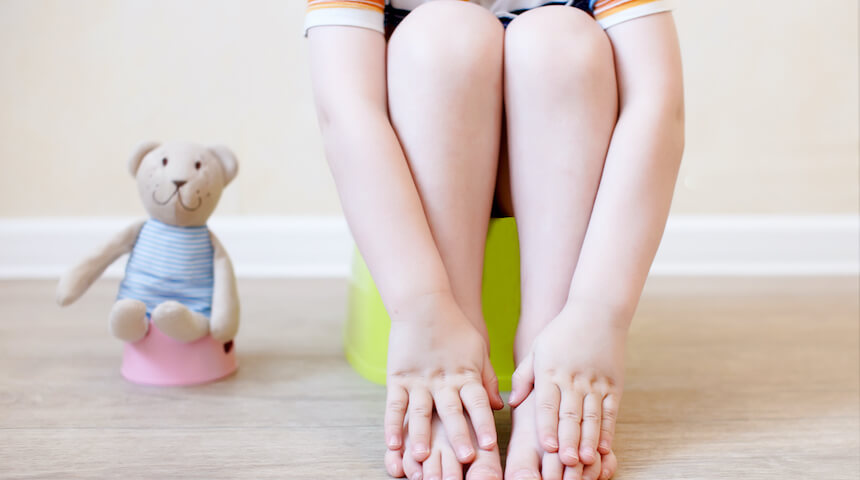If you’re a nursing mom, you may choose to use a breast pump to provide breastmilk for those times you’re away from your baby. Whether you’re going back to work, heading out for the occasional date night or simply need to give yourself a break from nursing, your breast pump can be an indispensable tool in helping you continue breastfeeding as long as you choose.
I’m a nursing mom for the third time, so my breast pump and I have had a long, intimate relationship. I can hear the characteristic whir of the pump in my sleep (is it weird that sometimes I feel like it’s talking to me?), but I still remember my first time seeing that pump. I looked at it and thought, “What in the world am I supposed to do with that thing?” A friend taught me how to use it, and I also received some instruction from a lactation consultant with my first child. One thing I didn’t know, though, is how to clean the breast pump.
Why proper cleaning is important
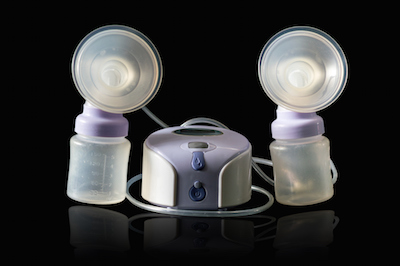 Knowing how to clean your breast pump properly is important for your baby’s health.
Knowing how to clean your breast pump properly is important for your baby’s health.
As you may know from observing other areas in your home and elsewhere, anything that gets wet, warm and is closed off from good airflow runs the risk of harboring mold, mildew, bacteria and other yucky things that grow well in that type of environment. You don’t want those kinds of things tainting your baby’s food supply.
There have been rare cases when babies have contracted serious and even fatal illnesses due to improper cleaning and storage of breast pump materials so it’s important to know the proper way to care for the tools that are providing life-giving nutrients to your little one.
Steps to cleaning your breast pump
The Centers for Disease Control and Prevention (CDC) recently published new recommendations to help you clean your breast pump properly. I’ll highlight those guidelines here, and you can also print this helpful reminder to hang in a prominent place in your home.
Before you pump:
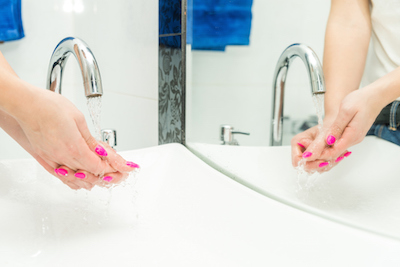 Always wash your hands before using your pump. Use soap and water, and be sure to wash for at least 20 seconds. (I taught my kids to sing the ABC song while they wash, so now I sing the alphabet in my head every time, too. It may seem silly, but it works.)
Always wash your hands before using your pump. Use soap and water, and be sure to wash for at least 20 seconds. (I taught my kids to sing the ABC song while they wash, so now I sing the alphabet in my head every time, too. It may seem silly, but it works.)- As you assemble your pump, examine each part for anything that looks dirty or moldy. It’s those little tiny corners and crevices in the smallest parts that are the likeliest to harbor unwanted contaminants.
- Consider wiping down the area where you’ll pump with disinfectant wipes, especially if you’re at work or other places outside your home. If you’re using a shared pump, wipe down the outside of the pump, the dials, the switch- basically any place someone else’s hands have touched.
After you pump:
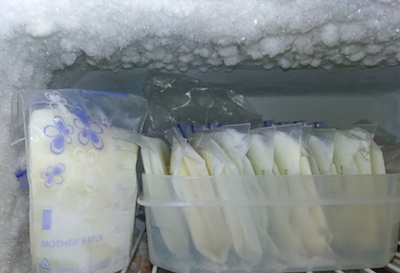 Store breast milk in a refrigerator, freezer or cooler with ice packs in a sealed collection bottle or bag. Label with date and time it was pumped.
Store breast milk in a refrigerator, freezer or cooler with ice packs in a sealed collection bottle or bag. Label with date and time it was pumped.- Disconnect the parts from your breast pump tubing. Rinse well under running water all items that have come into contact with the breast or breast milk immediately after you finish pumping. The longer breastmilk sits in these pump parts, the more likely they are to harbor unwanted contaminants.
- Clean your pump parts as soon as you can after pumping. If you’re at home, you may be able to clean the pump right away. However, if you’re at work you may be able to rinse but not clean the pump right away. The ideal situation is to rinse then clean immediately, but it’s okay if you can’t achieve that. Rinse immediately, wash as soon as you can.
- To wash your pump parts, place them in a separate wash container that is only used for infant feeding items. Don’t place them directly into the sink or other areas where germs could contaminate them. Fill the container with hot, soapy water. Use a cleaning brush that is only used for cleaning infant feeding items and scrub each part well. Rinse thoroughly and place these items on a clean surface (perhaps a paper towel on your counter) to allow them to air dry completely. Once completely dry, store in a clean, dry place.
- To clean and sanitize, you may also consider putting your pump parts in the dishwasher with hot water and a heated dry cycle. Check the manufacturer’s instructions to be sure this is acceptable for your pump. If you’re handwashing, put the washing container and the brush in the dishwasher between cleanings to sanitize them as well.
- The CDC recommends sanitizing your pump parts once daily. This is especially important for very young babies (less than 3 months old), premature babies or those with weakened immune systems. To sanitize, you may use the heated dishwasher, boil pump parts for 5 minutes after cleaning, or use steam bags such as these (follow directions on the bag).
More tips to keep in mind
- Your tubing doesn’t need to be cleaned unless it comes into contact with milk (it usually doesn’t when pump is used properly). If your tubing is contaminated with milk, you should buy replacement tubing immediately as it is not easily cleaned. You can buy replacement tubing from baby superstores or online retailers.
- If you notice water droplets or condensation inside your tubing, simply disconnect the parts and leave it connected to the pump. Run the pump for a few minutes until the tubing is dry.
If you have questions about pumping breast milk, how to clean your pump or any other concerns related to breastfeeding, we can help!
We have great resources for breastfeeding mothers at The Breastfeeding Education Center at Winnie Palmer Hospital. You can make a private appointment with a lactation consultant (insurance accepted) or attend one of several prenatal or postpartum classes or support groups.
Call the Breastfeeding Helpline at 321-THE-BABY (321.843.2229) with your questions or to schedule a private consultation.







